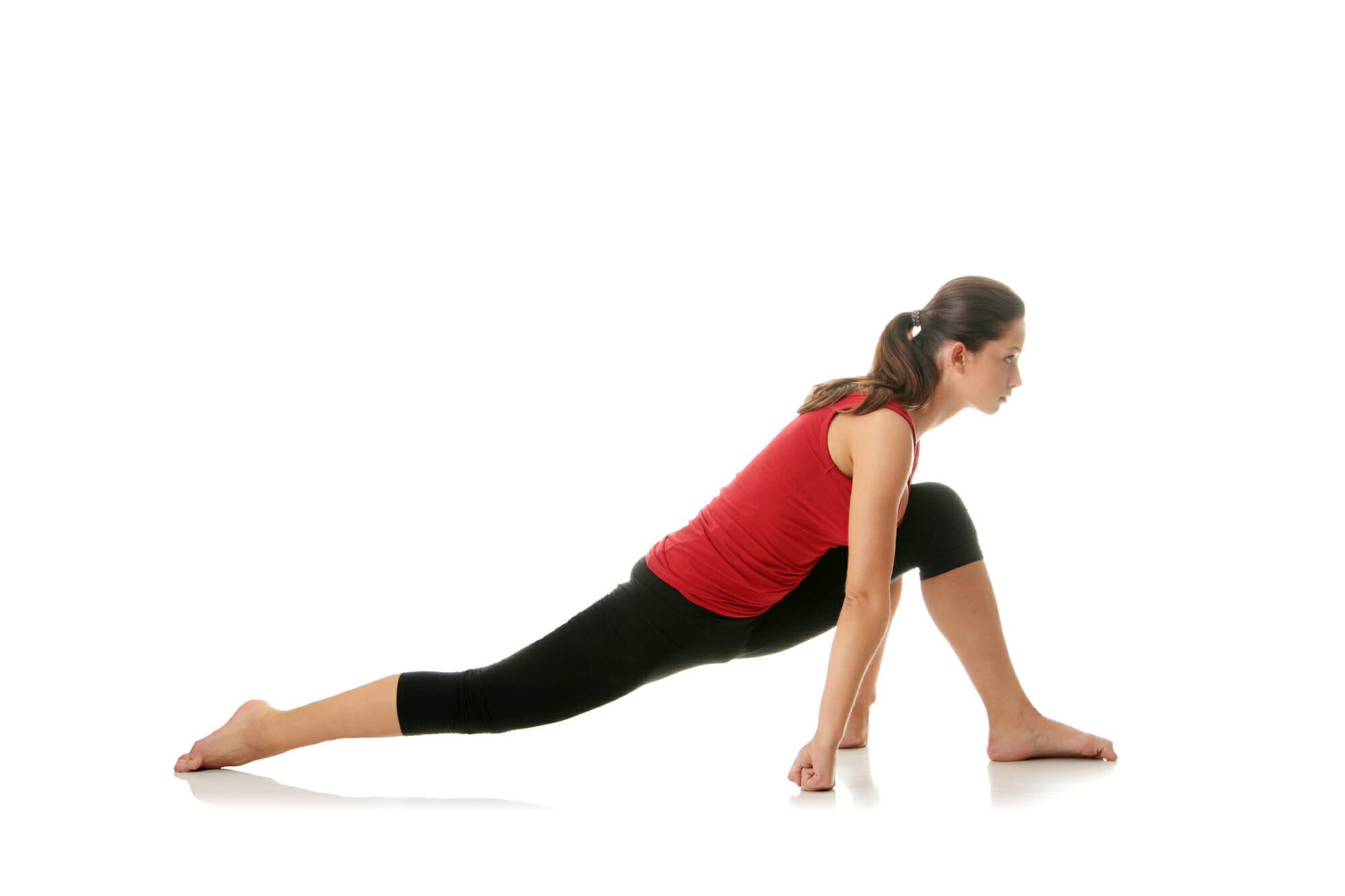 1As flight crew members, the more tenure in our profession we accumulate, the more perspective we gain. One unescapable realization we come to is the health consequences of long term sitting. Recent scientific data suggests that sedentary lifestyles have similar deleterious effects as smoking. The cumulative effects of sitting can wreak havoc on our backs, create muscle imbalances and affect the entire musculoskeletal system/kinetic chain (the combination of the nervous, muscular, and skeletal systems).
1As flight crew members, the more tenure in our profession we accumulate, the more perspective we gain. One unescapable realization we come to is the health consequences of long term sitting. Recent scientific data suggests that sedentary lifestyles have similar deleterious effects as smoking. The cumulative effects of sitting can wreak havoc on our backs, create muscle imbalances and affect the entire musculoskeletal system/kinetic chain (the combination of the nervous, muscular, and skeletal systems).
If your muscles are not working together properly, dysfunction will show in your movement patterns. This can lead to injury and/or pain simply from daily movements which may lead to tissue overload causing damage when performing exercises. For example, individuals suffering from chronic low back pain, often do not activate core muscles properly or to the extent they should, and therefor do not have proper stabilization endurance. If traditional core and low back exercises are performed without stabilization muscles being activated, the movements will most likely lead to injury.
Strengthening intrinsic core muscles (ISS – Intrinsic Stabilization Subsystem) through sustained contractions improves muscle activation (intramuscular coordination) and in turn helps stabilize the Limbo Pelvic Hip Complex, often helping to relieve the spine of the forces placed on it during movement. What this means for you is the ability to maintain an exercise routine without being sidelined by injuries, which create roadblocks to maintaining or improving your fitness.
Check out these three simple flexibility and strength exercises that can be done every day this week and make a world of difference! These movements can be done in the comfort of your hotel room or in any gym. Refer to the videos below.
1. Draw-In Maneuver:
- Start on all fours with your knees under your hips and your hands under your shoulders.
- Maintaining a neutral spine (no arching or dipping of the back) Draw your belly button toward your spine.
- Hold for 6-20+ seconds. Relax for 10 seconds and repeat.
- Keep in mind that this exercise involves little or no movement through the spine and pelvis. If you feel your spine arching or rounding, reassess your form. (See it done expertly here: https://youtu.be/pqt1NcbH-GA)
2. Hip Flexor Stretch:
Kneeling:
- Kneel on one knee and put one foot on the floor in front of you with both knees bent at 90°.
- Pull your belly button toward your spine as you rotate your pelvis back (posteriorly) and squeeze your butt on the side being stretched (knee on ground).
- Maintain that pelvis position and buttock squeeze as you move your body forward until you feel a stretch and maintain this position.
- To take the stretch deeper raise your arm, rotate your torso slightly outward and side bend slightly, bringing you into more of a posterior tilt.
- Hold 20-30 seconds or up to one minute, then switch sides and repeat.
Standing:
- Step forward/back so you are in a split stance. Bend forward leg slightly.
- Pull your belly button toward your spine as you rotate your pelvis back (posteriorly) and squeeze your butt on the side being stretched.
- Maintain that pelvis position and keep the buttock squeeze as you move your body forward until you feel a stretch and maintain this position.
- To take the stretch deeper, raise your arm on the same side as your back leg, rotate your torso slightly outward and side bend slightly bringing you into more of a posterior tilt.
- Hold 20- 30 seconds or up to one minute then switch sides and repeat. (See both kneeling and standing hip flexor stretches here: https://youtu.be/7qEmHgibCFk)
3. Bridge
- Lie face-up on the floor with your knees bent and feet flat on the ground. Toes should be shoulder width apart and pointing straight ahead.
- Arms to your side with palms down.
- Pull your belly button to your spine and activate your glutes by squeezing your butt.
- Lift your pelvis off the ground until your body is makes one line from knees through hips to shoulders. Do not go too far leading to an arched/hyper-extended back.
- Slowly lower your pelvis to the floor while keeping your glutes engaged.
- Repeat for a total of 12-20 repetitions.
- Rest and repeat 1- 3 more times as your strength increases and/or you are better able to engage glutes. (See the exercise here: https://youtu.be/3c0jtmKoIs4)
Challenge yourself this week and see if you notice the difference. And remember, it takes time for a behavior to become a habit. Work to increase your core stabilization until it becomes a habit and you will recognize and appreciate the rewards. ACN




























































































































